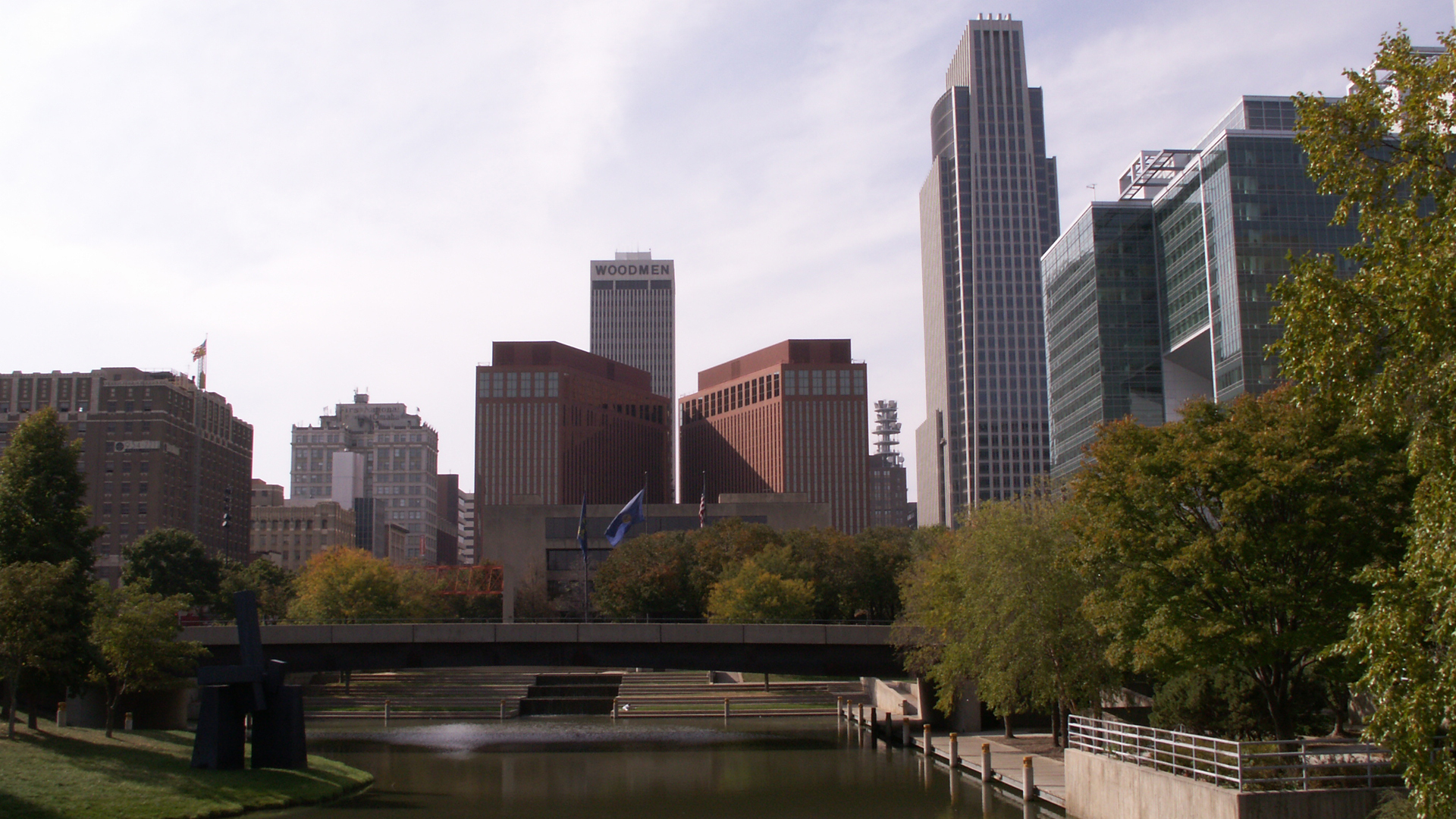
A lot of changes took place in the American workforce with the onset of the COVID-19 pandemic. Among the most significant was that millions of people switched their daily routines and got used to working from home. Many articles have been published touting the benefits of the work from home model.
But what does this mean for office buildings?
According to Regus, which rents and leases offices across the US, market trends are moving away from the traditional office setup. However, offices are still a necessary part of getting work done.
While some people are more productive working at home, others thrive in an office setting. Home settings have distractions galore. Plus, it can be psychologically difficult not to have a location to visit each day. And mixing work and home life can get complicated and ultimately impact mental health.
Office buildings are very unlikely to become obsolete. Many businesses must have a corporate headquarters and offer employees access to resources they can’t get at home. However, office buildings and businesses that will thrive are likely to adapt in several ways, including:
- Offering large, communal workspaces rather than cubicles or closed offices.
- Allowing for more flexible work schedules.
- Considering light and layout that promote mental health of employees.
- Offering some work from home days, which allow employees who are in the office to spread out and gives more flexibility for employees’ home, health, and family obligations.
- Offering online, flexible training and meetings rather than scheduled, in-person gatherings.
- Providing comfortable rest areas with nice furniture, or outdoor courtyards where employees can get some sun on their breaks.
Offices will be here to stay, but, like most things after 2020, adjustments will need to be made in order for the buildings to be desired commodities.